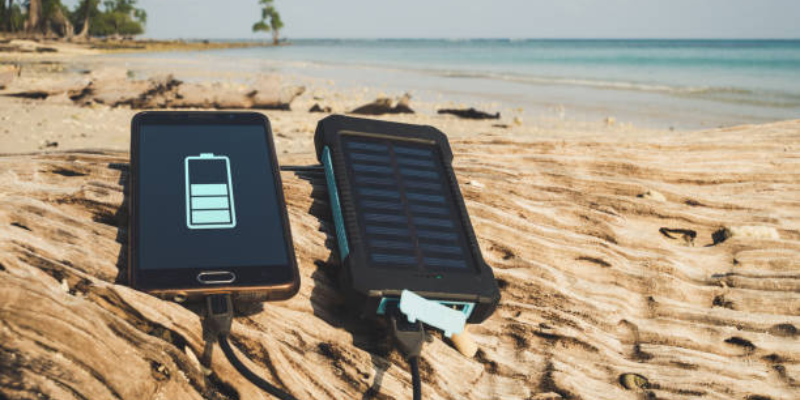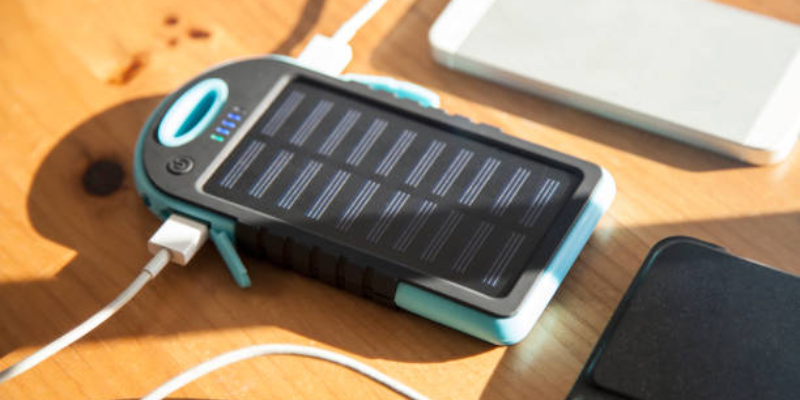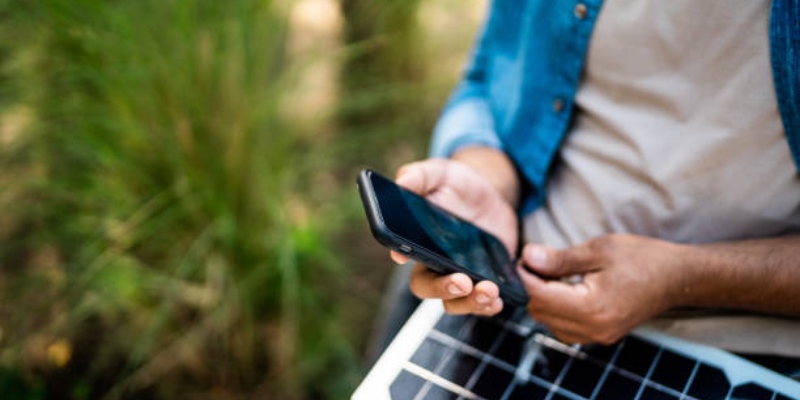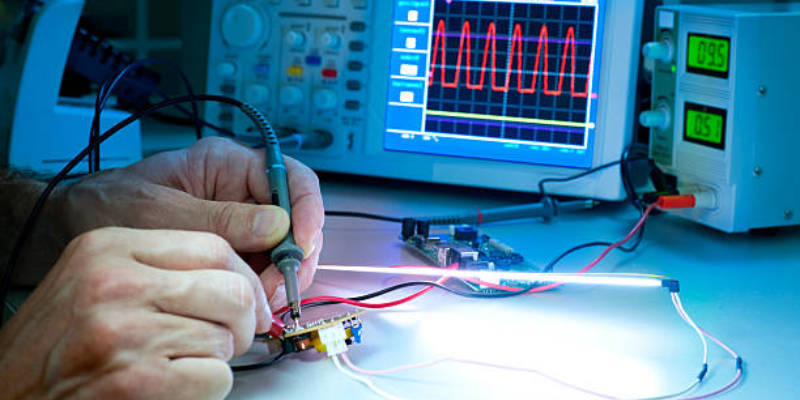How to Build a Solar-Powered Phone Charger for Under $20
Author: Mike Fakunle
Building a solar-powered phone charger is a simple and rewarding project. It helps you save money, stay connected, and use clean energy. In this article, I will show you how to make a solar charger for under $20. This charger is perfect for outdoor activities like camping or for emergencies when you don’t have access to electricity.
Why Build a Solar-Powered Phone Charger
Solar-powered chargers are useful because they use sunlight, which is free and available almost everywhere. Unlike regular chargers, they don’t need to be plugged into a wall socket. This makes them great for places without electricity.
According to the International Energy Agency, solar energy is one of the fastest-growing sources of renewable energy. Using solar power for small devices like phones can help reduce your carbon footprint.

What You Will Need
To build your solar-powered phone charger, you will need a few basic materials. Most of these items can be found online or at local electronics stores. Here is a list of what you will need:
Small Solar Panel (5V – 6V, 5W): This is the most important part. It turns sunlight into electricity. A 5V panel is best because most phones need 5V to charge.
USB Charging Circuit Module: This part makes sure the solar panel gives a steady 5V output, which is safe for your phone.
Blocking Diode: This stops the battery from losing power back to the solar panel at night.
Wires and Connectors: You will need these to connect the parts together.
Rechargeable Battery (Optional): If you want to store energy for later, you can add a small lithium-ion battery.
Enclosure: A small box to protect the parts. You can use plastic or metal.
Hot Glue Gun or Adhesive: To keep the parts in place inside the box.
Basic Tools: Such as a soldering iron, wire stripper, and multimeter.
Step-by-Step Guide to Building the Charger
Step 1: Prepare the Solar Panel
First, find the positive and negative terminals on your solar panel. Usually, the red wire is positive, and the black wire is negative. Use a multimeter to check the voltage output in direct sunlight. This will help you make sure the panel is working correctly.
Step 2: Add the Blocking Diode
If you are using a rechargeable battery, connect a blocking diode to the positive wire of the solar panel. The diode makes sure power flows only from the panel to the battery and not the other way around. This is important to stop the battery from losing power at night.

Step 3: Connect the USB Charging Module
Next, attach the USB charging module to the solar panel’s output. This module will keep the voltage steady at 5V, which is safe for your phone. Connect the positive and negative wires from the solar panel to the matching terminals on the USB module.
Step 4: Install the Battery (Optional)
If you want to store energy for later, connect a rechargeable battery to the system. Use a battery holder to keep it secure. Connect the battery to the solar panel and USB module, making sure the wires are connected correctly. You can also add a battery management system (BMS) to protect the battery from overcharging.
Step 5: Test the System
Put the solar panel in direct sunlight and plug in your phone. If everything is connected right, your phone should start charging. If you added a battery, test the system at night to make sure the stored energy charges your phone.
Step 6: Mount Everything in an Enclosure
To protect the parts, put them inside a small plastic or metal box. Drill holes for the solar panel wires and USB port. Use hot glue or adhesive to keep the parts in place. Make sure the solar panel is exposed to sunlight when in use.
Tips for Success
Here are some tips to help you build a better solar charger:
Choose the Right Solar Panel: A 5V panel is best for most phones. Make sure it has enough wattage to charge your phone efficiently.
Optimize Sun Exposure: Place the solar panel in direct sunlight for the best results. Angle it towards the sun during peak hours.
Add a Battery for Backup: If you want to charge your phone at night or in low light, a rechargeable battery is a good addition.
Use a Weatherproof Enclosure: If you plan to use the charger outdoors, make sure the box is waterproof and strong.
Benefits of a DIY Solar Phone Charger
Building your own solar phone charger has many benefits:
Eco-Friendly: Solar energy is clean and renewable. Using it helps reduce your reliance on fossil fuels.
Portable: You can take this charger anywhere, as long as there is sunlight. It’s great for camping, hiking, or emergencies.
Cost-Effective: Making your own charger is cheaper than buying one. Most materials cost less than $20.
Learning Experience: This project teaches you about solar power and basic electronics. It’s a fun way to learn new skills.
Common Mistakes to Avoid
Here are some mistakes to watch out for when building your solar charger:
Using the Wrong Voltage: Make sure the solar panel and USB module give 5V output. Higher voltages can damage your phone.
Skipping the Blocking Diode: Without a diode, your battery may lose power at night.
Poor Sun Exposure: If the solar panel is not in direct sunlight, it won’t charge well.

Final Assembly and Usage
Once everything is connected and tested, seal the box to protect the parts. Your solar-powered phone charger is now ready to use. Place it in direct sunlight and connect your phone to the USB port. If you added a battery, you can charge your phone even when the sun isn’t shining.
Getting the Most Out of Your Solar Charger
To make your solar charger work better, follow these tips:
Clean the solar panel often to remove dust and dirt.
Position the panel at an angle to catch the most sunlight.
Avoid using the charger in shaded or cloudy areas.
By following these steps, you can build a reliable and affordable solar-powered phone charger. This project not only saves money but also helps you contribute to a greener planet.
This guide gives you all the information you need to build a solar-powered phone charger for under $20. With simple materials and a little effort, you can create a practical and eco-friendly device that keeps your phone charged wherever you go.



